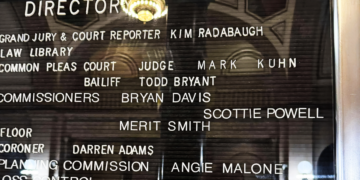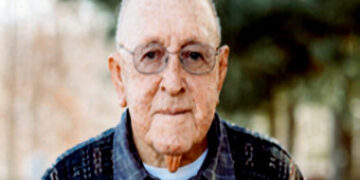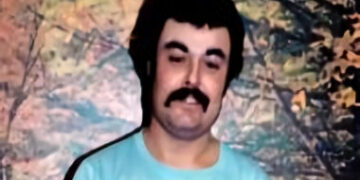When an individual passes, their body will get disposed of, typically by either burial or cremation. For most people, the cremation process is the more elusive of the two. Understanding how the cremation process works starts with exploring how crematories operate. Read on to discover more about the cremation process.
Crematory Staff Confirms the Deceased’s Identity
Before getting started with the cremation processes, credible crematories will check for verified identification and authorization. They check for both of these items before operating on the deceased’s body to ensure they properly care for the deceased.
Most crematories offer an identification procedure to assure they have permission from the deceased’s family. Identification procedures often also require you to provide details on who will pick up the ashes and what type of memorial container to use.
The Technician Prepares the Body for Cremation
The crematory’s technician will then remove any jewelry, pacemakers, prosthetics, and silicone implants from the body before placing the deceased in the cremation container. Removing these materials is critical to ensure that the crematory chamber doesn’t have a bad reaction to excess materials.
Technicians Place the Body in a Container Made of Combustible Materials
After removing all necessary items, technicians place the deceased’s body into a container. Common containers include caskets, though all that matters is that the container is combustible.
The Container Goes Into the Cremation Chamber
Crematories cremate bodies in their cremation chambers, also known as retorts. Retorts have fire-resistant bricks built to withstand roughly 2000 degrees Fahrenheit. States uphold crematories to various environmental and air-quality standards to promote the safe use of industrial furnaces.
Crematory Staff Gathers the Cremains, or Ashes, and Gives Them To the Family
Once the cremation process is complete, staff then collects what’s known as cremains—what we commonly refer to as ashes. They will place the ashes in a plastic bag for safe transportation and then place the bag into the urn or temporary container that the deceased’s family provided. The crematory staff provides the family with the ashes shortly after the cremation process.
Children and Understanding How the Cremation Process Works
Now that you have a greater understanding of how the cremation process works, you can better explain it to your children, if necessary. Many kids are confused about why they see an urn or commemorative plaque at a memorial service rather than a casket, prompting clarification. Knowing how to help children understand cremation allows you to provide a clear yet compassionate explanation to your kids.



















































































